Optimal Conditions for Tinted Window Installation
Tinted window installations are most effective when performed under optimal weather conditions. Ideally, the installation should take place during periods of mild temperatures and low humidity to ensure proper adhesion and curing of the tint film. Extreme heat or cold can affect the quality of the application, leading to bubbles, peeling, or uneven tinting.
Spring and fall typically provide moderate temperatures and low humidity, making them ideal for window tinting projects.
High heat can cause the tint to dry too quickly, while cold weather can hinder adhesion. Temperatures between 60-75°F are preferred.
During winter or summer, weather fluctuations can impact installation quality. Planning during stable weather conditions is recommended.
Ensuring the vehicle or building is in a shaded or indoor location during installation can improve results.

Optimal weather allows for a smooth installation process.

High temperatures can cause issues during application.

Moderate temperatures support quality tinting.
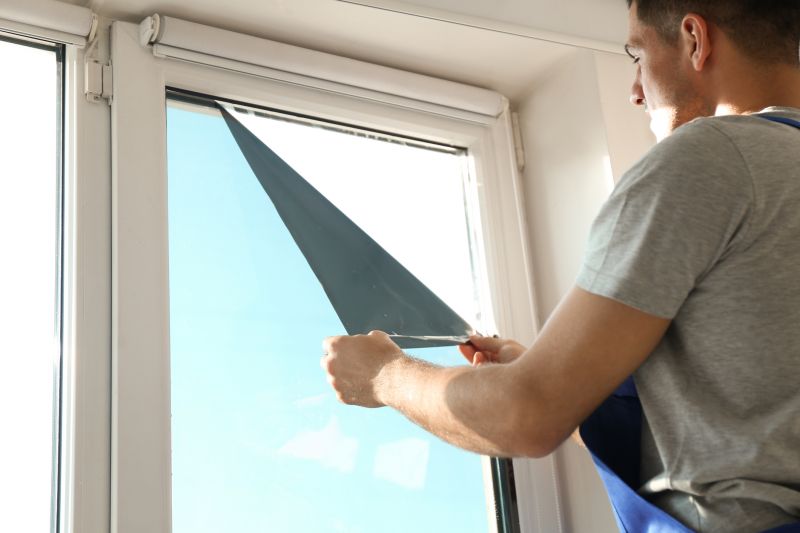
Ways to make Tinted Window Installations work in tight or awkward layouts.

Popular materials for Tinted Window Installations and why they hold up over time.
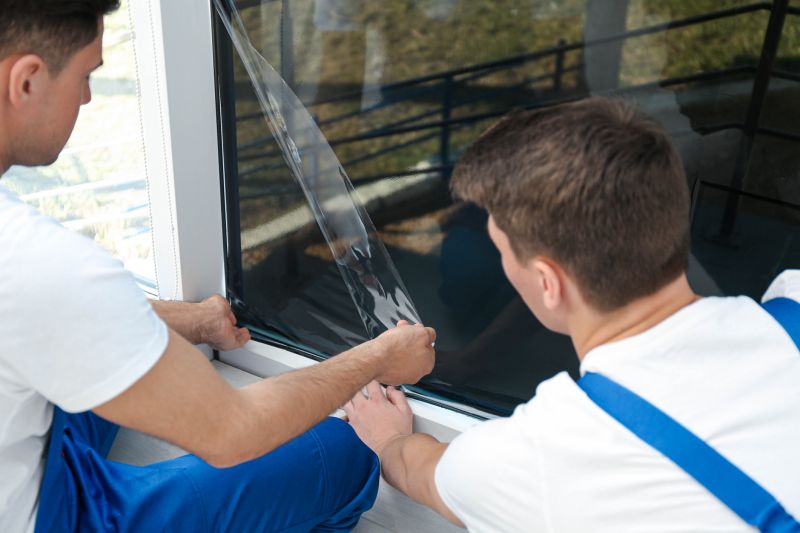
Simple add-ons that improve Tinted Window Installations without blowing the budget.
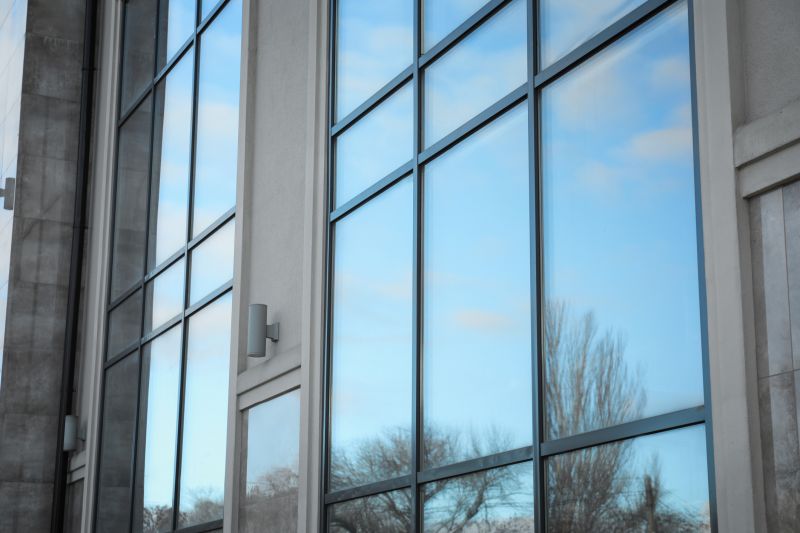
High-end options that actually feel worth it for Tinted Window Installations.

Finishes and colors that play nicely with Tinted Window Installations.
Proper timing for tinted window installations ensures the best results and durability. Understanding weather patterns and seasonal conditions can help determine the most suitable time for the project. It is important to avoid periods of extreme heat, cold, or high humidity, as these factors can compromise the adhesion and appearance of the tint film. Scheduling during moderate weather conditions, typically in spring or fall, can lead to a more successful and long-lasting application.
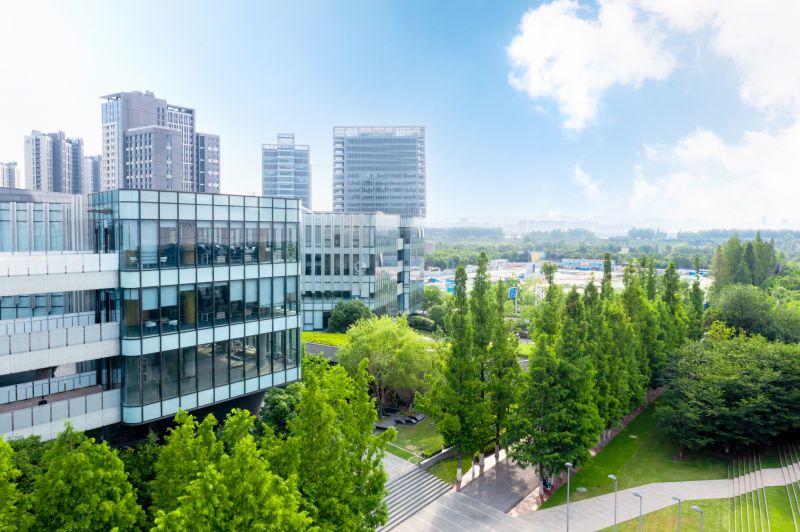
Indoor or shaded locations support optimal installation conditions.
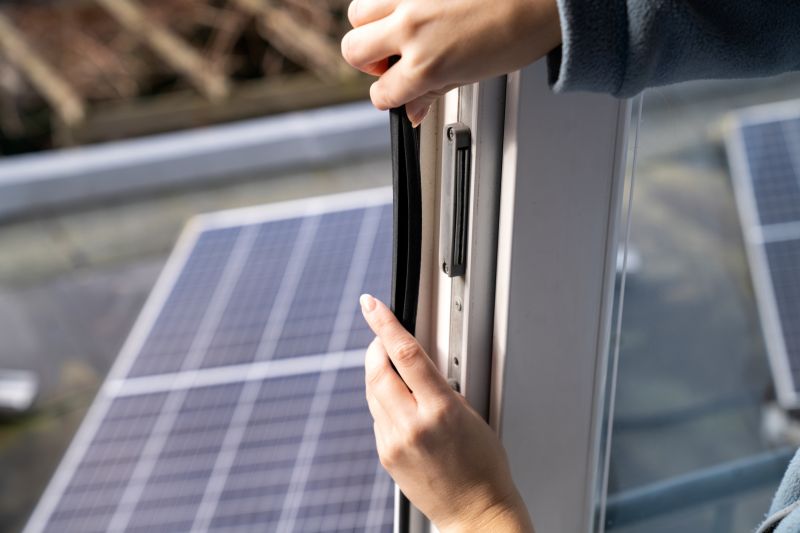
Cold weather can delay curing and affect quality.
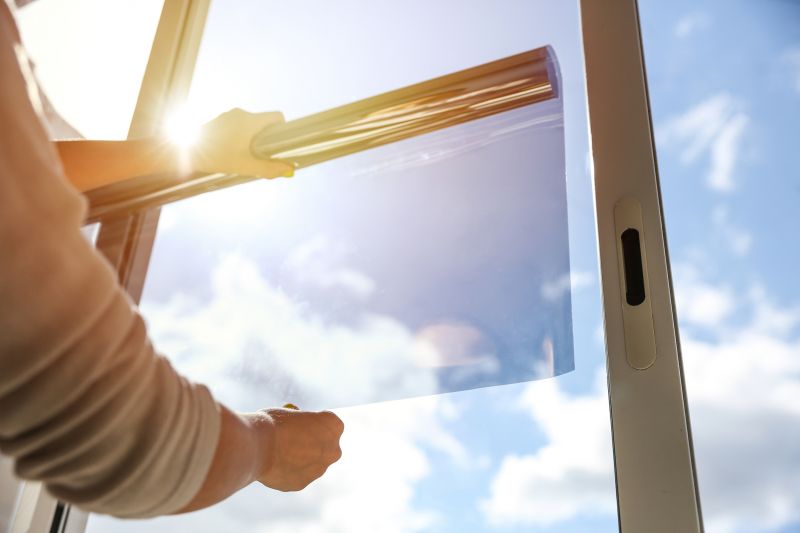
High temperatures require careful planning for proper adhesion.

Checking forecast conditions helps choose the best installation time.
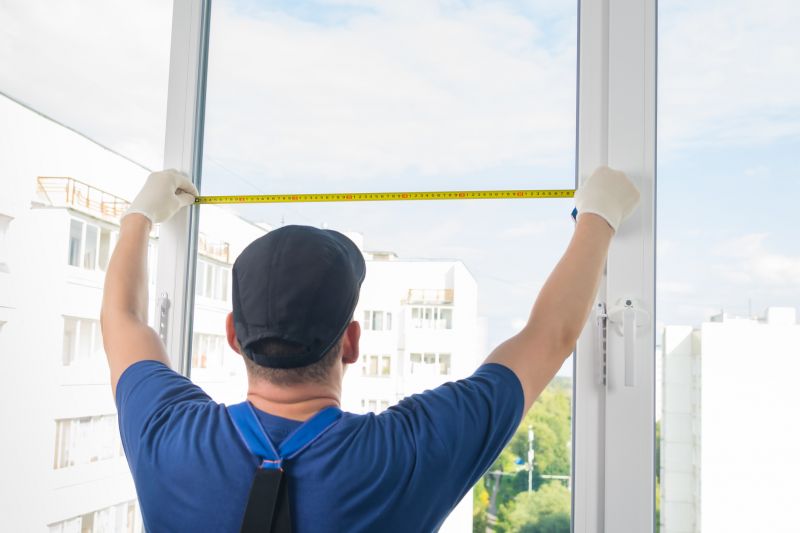
Little measurements that prevent headaches on Tinted Window Installations day.
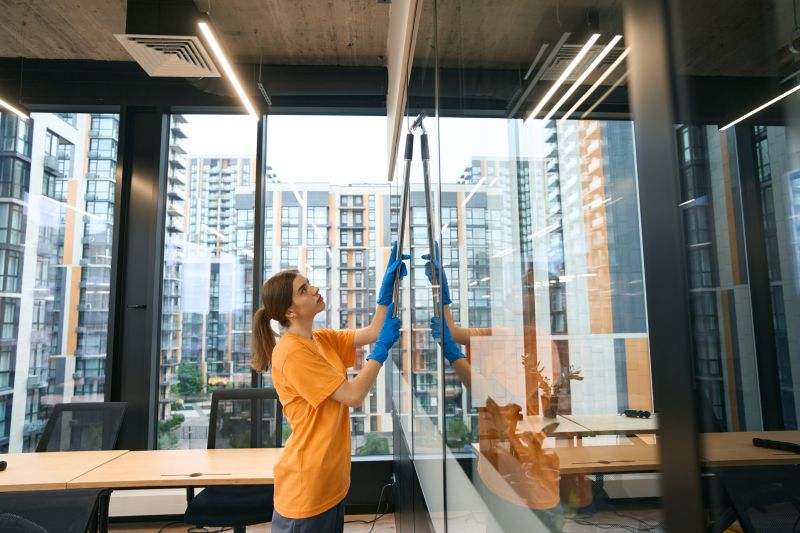
A 60-second routine that keeps Tinted Window Installations looking new.
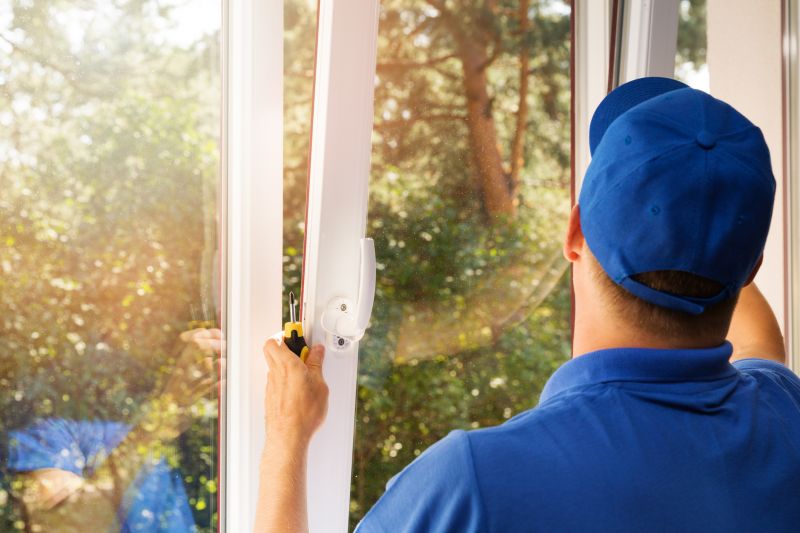
A frequent mistake in Tinted Window Installations and how to dodge it.
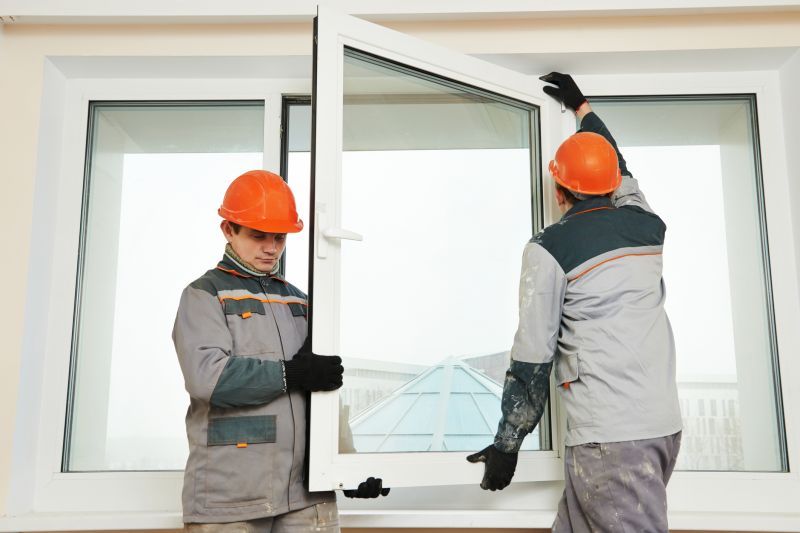
Small tweaks to make Tinted Window Installations safer and easier to use.
| Season | Recommended Conditions |
|---|---|
| Spring | Mild temperatures, low humidity, ideal for tinting. |
| Summer | High temperatures; best to install during cooler parts of the day. |
| Fall | Moderate weather, suitable for tinting. |
| Winter | Cold and unpredictable weather; generally not recommended. |
Choosing the right time for tinted window installations can impact the quality and longevity of the tint. Monitoring weather conditions and planning accordingly helps ensure a successful application. Proper preparation, including selecting days with stable and moderate weather, supports optimal adhesion and appearance. Consulting with a professional installer can provide additional guidance based on local climate patterns.

Supports high-quality, durable installation.

Rain can interfere with adhesion and curing.

Provides controlled conditions for best results.

Ensuring proper weather conditions enhances longevity.

Lower-waste or water-saving choices for Tinted Window Installations.

The short, realistic tool list for quality Tinted Window Installations.

Rough timing from prep to clean-up for Tinted Window Installations.
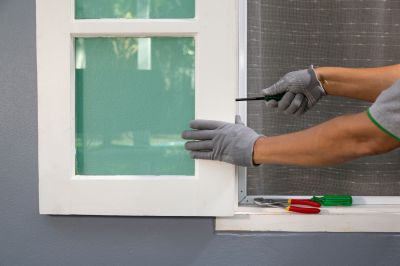
Quick checks and paperwork to keep after Tinted Window Installations.
For those interested in tinting, selecting the appropriate timing based on weather and seasonal considerations can optimize results. Proper scheduling minimizes issues such as bubbling, peeling, or uneven tinting, ensuring a professional and lasting finish. If further guidance is needed, it is advisable to contact a professional installer to discuss the best timing for specific needs and local climate conditions.
